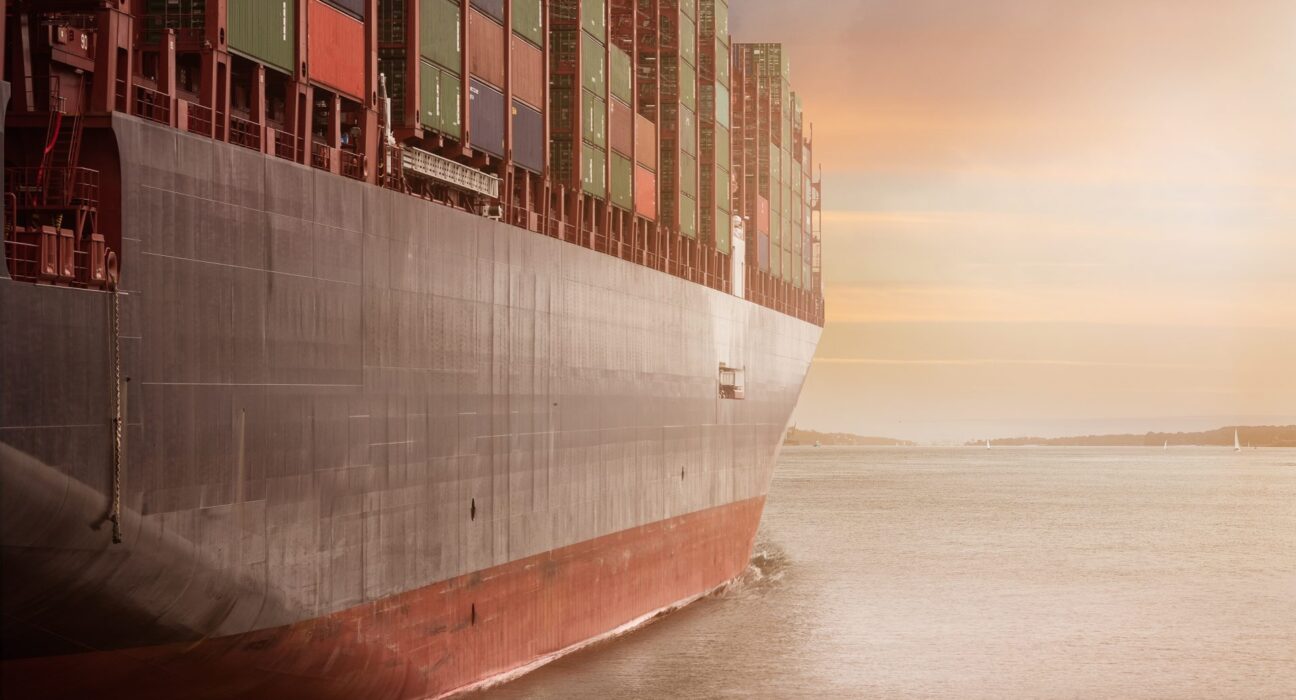- Machine learning is the application of artificial intelligence that can learn automatically and improve from experience rather than explicit programming
- Machine learning usage has started to rise in the maritime domain and a lot of research has been done to incorporate it into the various domains of maritime
- Some mathematical models have been developed for estimating this radiated noise but these models have some drawbacks
- Challenges with existing mathematical models are related to time complexity, some parameters that required web scraping, a lot of computation, incorrect for modern ships, etc
- We have to develop effective and efficient ML-based algorithms which are accurate and useful
- We have to keep an open database that contains data related to the shipping industry that can be useful for the maritime domain
Heading
Underwater radiated noise management is a very important research area. There are multiple dimensions for URN management like identification of ship noise and vibration sources and mitigating noise and vibration at the design stage itself, transmission path analyzed for reducing noise and radiated noise through underwater medium should be analysed as this is the transmission path for noise to interact with the environment. Various stakeholders are interested in these kinds of applications related to their requirements.
Overview of the Topic
In the following article, the author has discussed the machine learning approach for estimating or predicting shipping noise as Machine Learning is changing the world by transforming all segments including healthcare services, education, transport, food, entertainment, etc. Machine learning is the application of artificial intelligence that can learn automatically and improve from experience rather than explicit programming. It contains various intelligent algorithms that can learn automatically from past data and are highly accurate in giving predictions based on that data.
A Brief Discussion on Ship Noise Sources
As the ship design advances, for structural optimization and high speed to satisfy market demands, there are vibration and noise increment become trouble. At high speeds, broadband noise approximately covers the range from 100Hz to several kHz. Different noise generation sources are Propeller Noise which is mainly because of propeller cavitation, Machinery Noise which is because of various mechanical devices like engines, propulsion, auxiliary system, gearbox, ducts, pipes, etc. and third Hydrodynamic Flow Noise which is due to interaction of hull and appendages with the water.
Significance of the Topic
First, we have to develop methods for mitigating shipping radiated noise as this radiated noise has become a very serious issue. So, for that first, we have to estimate the noise to know that noise generated by the ship is below target levels, set by international maritime authorities, and if not then make some modifications for mitigating the noise. The main three reasons are described below because of that we have to focus on estimating the underwater radiated noise:
Effects of Shipping Noise
Firstly, for naval platforms, radiated noise mitigation is a major requirement to avoid detection from enemy sonar and mines as excessive noise and unnecessary vibration can cause of detection of naval warships by enemy sonar on their radar system. After World War II, acoustic stealth for the naval platform is placed on very high priority and much research has been done in this specific area. Secondly, for crew and passengers’ safety, there should be a safe working environment on the ship. The excessive noise and vibrations produced by propulsion and auxiliary systems are harmful and can significantly affect the passengers and crew present on a vessel and can also become the cause of fatigue failure in the formation & propagation of cracks due to repetitive loads because of forced vibrations.
The third main reason is related to underwater species as many underwater species are depended on acoustic waves for their survival, for example – avoidance from predators, communications, navigation, etc. Because of ship radiated noise and vibrations, their acoustic vision seriously degrades.
Need for Machine Learning Based Prediction Model
As the actual measurement process requires the deployment of hydrophones or sensors in seawater which is difficult to do on a big scale as Oceans are spread over large areas. So we have to establish some estimating or predicting methods that can predict the ship radiated noise with help of some parameters that are provided by AIS data. Some mathematical models have been developed for estimating this radiated noise but these models have some drawbacks. Therefore we have to develop an ML-based model for predicting this noise as ML has very intelligent algorithms that can learn automatically from training data and can predict the underwater radiated noise with very high accuracy. Many researchers have used Machine Learning or Artificial Intelligence for their research in the various applications of the maritime domain as some of them are mentioned above and they found that machine learning or AI is very useful and predicts the results with high accuracy. So we should go towards Machine Learning for estimating underwater radiated shipping noise.
Some Common Challenges & Recommendations
We are facing some challenges at the time in measuring or predicting the underwater radiated noise. Challenges with existing mathematical models are related to time complexity, some parameters that required web scraping, a lot of computation, incorrect for modern ships, etc. Here, I am using a machine learning model for the estimation of ship radiated noise. Some of the challenges with this approach is: main challenge is the data availability as the data is sensitive information or not easily available to the public and in some cases, fewer parameters are used for training purposes which can lead to insufficient training of machine learning model and our prediction will be incorrect, the second challenge is with the complexity of machine learning model as some of machine learning models like neural networks are complex because of hidden layers and this is can lead to slow execution of prediction process. One more challenge is that noise data for training the model is not available in the AIS data, so we have to use some mathematical model for the calculation of noise data and then train our model with that data, so the accuracy of that machine learning model will depend on that mathematical model which we choose for calculating noise data of ships.
We have to choose the number of the training data and test data appropriately and also the number of hidden layers and neurons in each layer should be chosen properly for accurate prediction in the case of the neural network approach. As a recommendation for data availability issues, we have to keep an open database that contains data related to the shipping industry that is useful for research purposes in various maritime domains, so we don’t have to face the lack of training data and insufficient training issue for Machine Learning model.

Ashutosh Khandal
About Author
Ashutosh Khandal is a final year Mechanical Engineering student at IIT Delhi. He is currently pursuing his internship at the Maritime Research Centre (MRC), Pune.


